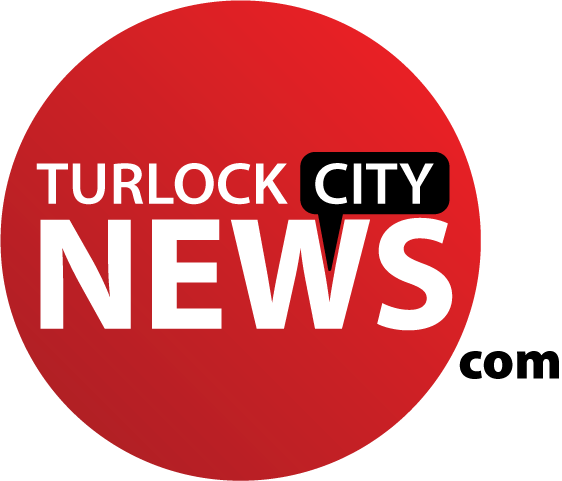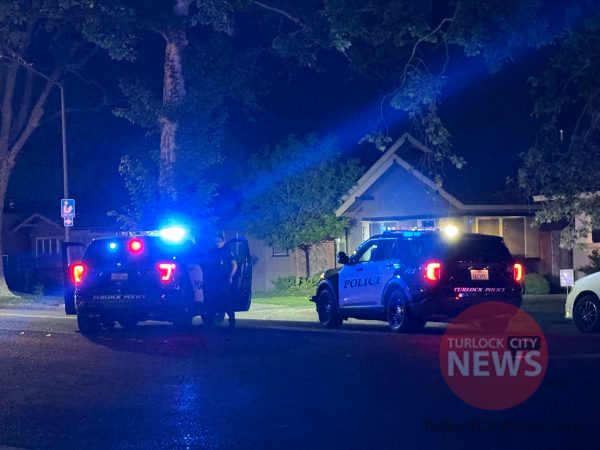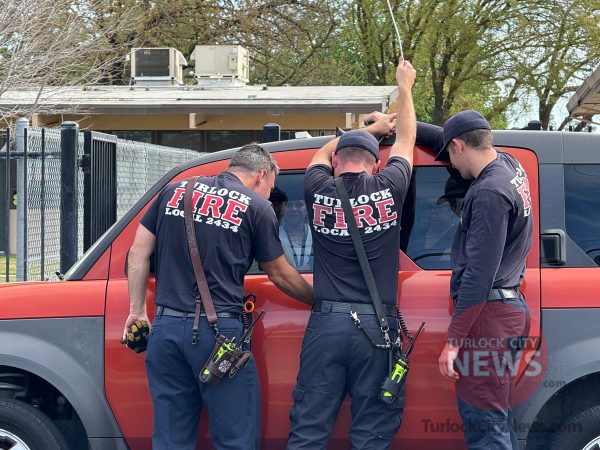The following is Op-Ed by Turlock Irrigation District Boardmember and veterinarian at Monte Vista Small Animal Hospital Dr. Rob Santos.
I am opposed to Proposition 1 (the California Water Bond) for a selfish reason. The bond does very little to nothing to increase water storage or water flows to TID farmers. In fact, I believe farmers who rely on water from the Tuolumne, Stanislaus, and Merced Rivers are going to pay a heavy price. Governor Jerry Brown is a strategic and pragmatic politician, and I believe this bond is a brilliant move in a political chess game with the ultimate outcome being the construction of twin water tunnels under the Delta. I also believe that these tunnels will require TID/MID to give up a minimum of 500,000 acre feet of surface water per year to support the Delta ecology. To explain this theory, some background is needed.
The Delta is one of the largest estuaries on the West Coast of North America. It’s fed with freshwater from the San Joaquin River in the south and the Sacramento River in the North, and with seawater from the San Francisco Bay. In 1960 under the leadership of Governor Pat Brown, California voters approved the State Water Project to deliver Delta water to Southern California, as well as south San Joaquin Valley farmers via the Central Valley Project. The California Aqueduct was built along with massive pumps in the southern part of the Delta to take water out of the Delta and send it south through the Aqueduct.
Pumping has hurt the Delta ecosystem, reduced its water quality (particularly by increased salinity levels), and disrupted fish migration. In addition, Delta water recipients would prefer to get their water directly from the Sacramento River, which is less salty, less polluted, and more reliable (potential levee failure and pumping restrictions both threaten reliability). One solution is a peripheral canal that would take water directly from the Sacramento River and bring it to the Aqueduct thus bypassing the Delta. However opponents fear that a peripheral canal would cause even more harm than pumping and/or that the South would want more water than already allocated.
Today a new version of a peripheral canal is on the table. The Bay Delta Conservation Plan (BDCP), under the umbrella of the California Department of Water Resources, was unveiled in 2013, but it has been in the works since 2006. The plan is composed of 22 conservation measures designed to 1.) Restore the Delta ecosystem and 2.) Provide a reliable source of water to the south. The BDCP’s Conservation Measure 1 is the construction of two massive underground tunnels that will take water from the Sacramento River to the Aqueduct. The $24.7 billion plan just underwent an environmental impact review and is being revised after public comment was gathered. Tunnel construction is tentatively scheduled for 2017.
So what does all this have to do with the 2014 water bond? In order for those tunnels to get built, several things have to happen. I liken it to moves in a chess game, in which checkmate is the tunnel’s groundbreaking.
Chess Move #1: Fund the BDCP tunnel construction
Californians have consistently voted against funding any type of peripheral bypass. In 1982 after Governor Jerry Brown and the legislature approved a peripheral canal, voters vetoed it in a statewide referendum. The water bond was pulled from the ballot in both 2010 and 2012; one of the key reasons was that the bond funding was tied to the twin tunnel construction. Today, under the BDCP the tunnels do not need voter approval or bond funding. Instead, construction will primarily be paid by those water agencies that will benefit from it (Kern County Water Board, Metropolitan Water District of Southern California, and Westlands Water District to name a few), partially through higher water rates. And the California Legislative Analyst’s Office just affirmed that districts could increase property taxes without voter approval to pay for the tunnels.
Chess Move #2: Fund non-tunnel measures in the BDCP.
In addition to the estimated $17 billion needed to build the twin tunnels, an additional $7 billion is needed for the other 21 conservation measures in the BDCP, which will restore wetlands and rebuild levees. The twin tunnels will not be built without these other conservation measures because they are designed in part to mitigate some of the negative impact the tunnels will have on the Delta. While the current water bond is described as “tunnel neutral,” meaning no bond money will go to the construction of the tunnels, it is not BDCP-neutral. The BDCP specifically identifies the 2014 Water Bond as a funding source, the conservation measures in the BDCP line up with proposed conservation measures in the Water Bond, and state officials have said that while 2/3 of the project cost will be paid for by water agencies, the remaining funding will come from Congress and the 2014 state water bond.
Chess Move #3: Address environmental concerns
Numerous federal and state agencies and laws exist to address concerns about the Delta. The BDCP must prove to these groups that the twin tunnels will improve, not harm, the Delta. One important issue is Delta water quality, salinity in particular. Picture the water in the Delta as a solution that is made from 2 sources of freshwater and 1 source of seawater. If a portion of the freshwater is removed, then logically the solution is going to be saltier. The BDCP and its recent EIR reported that its conservation measures (including the two tunnels) would not increase salinity significantly. However, the Environmental Protection Agency, conservation groups, and Delta cities vehemently challenge these findings; all contend that salinity is going to be an issue.
Chess Move #4: Require increased flows from the Tuolumne, Stanislaus, and Merced Rivers to counteract salinity caused by the twin tunnels.
One way to reduce the increased levels of salinity created by the twin tunnels is to increase the amount of water that flows from the San Joaquin River into the Delta. One BDCP cost-benefit noted that that the BDCP’s “Delta salinity analysis says there would be little to no impact on salinity in part due to BDCP requiring increased freshwater flows into the San Joaquin.”
The State Water Resources Control Board (State Water Board), which oversees water quality and allocation in California has already identified where that water will come from. It has its own Delta plan, the Bay Delta Water Quality Control Plan (Delta Plan for short). The current update to the plan calls for the rivers that feed into the San Joaquin (the Tuolumne, Merced, and Stanislaus) to increase flows 35%, with the maximum possibility of 60%, between the months of February and June. The goal: to improve the Delta salinity levels.
The BDCP and the Water Board Delta Plan are not operating in isolation, but in coordination. The twin tunnels need Water Board approval. The BDCP states, “The BDCP, when finalized, will be consistent with and included in, the Delta Plan.” Correspondence from the Water Board to the BDCP proposes that the BDCP incorporate increased flows from south of the Delta (i.e. the San Joaquin River and its tributaries).
I believe that to meet its environmental requirements, the BDCP will need increased flows from San Joaquin tributaries. And those are flows that I can’t support. A 35% increase in flow equates to approximately 500,000 acre feet of Tuolumne River water sent to the ocean each year; 500,000 acre feet is what all farmers in TID use for irrigation in an entire year. Water flows of 60% equal about 1.2 million acre feet of water. A 60% increase would decimate TID farming.
SUMMARY
In summary, I cannot in good faith support a water bond that is tied to the BDCP. Once funding is achieved via the 2014 water bond, the BDCP focus will shift to mitigating any negative impact of the tunnels, and increased flows from the Tuolumne River is one such mitigation. I can’t support the water bond without an absolute guarantee that TID water rights will not be the pawn that gives the governor “checkmate,” the construction of the two twin tunnels that will complete his father’s vision for the State Water Project.







